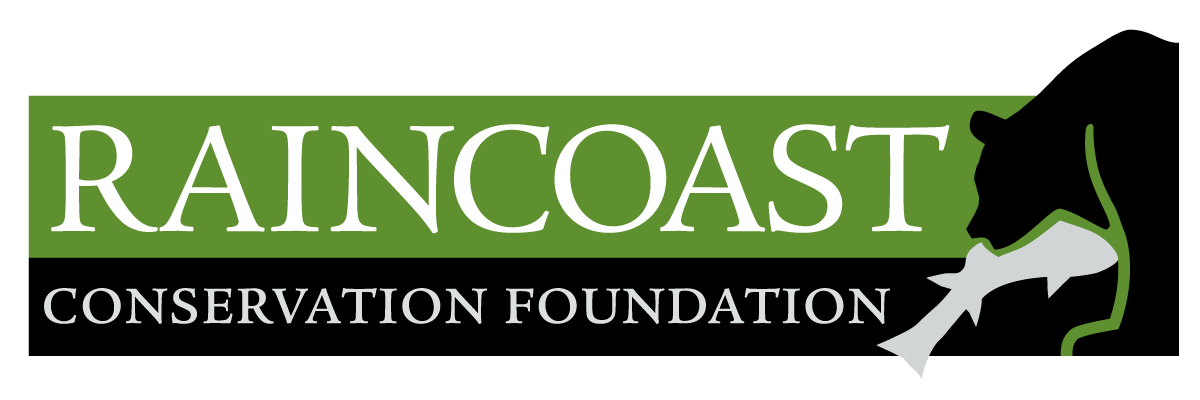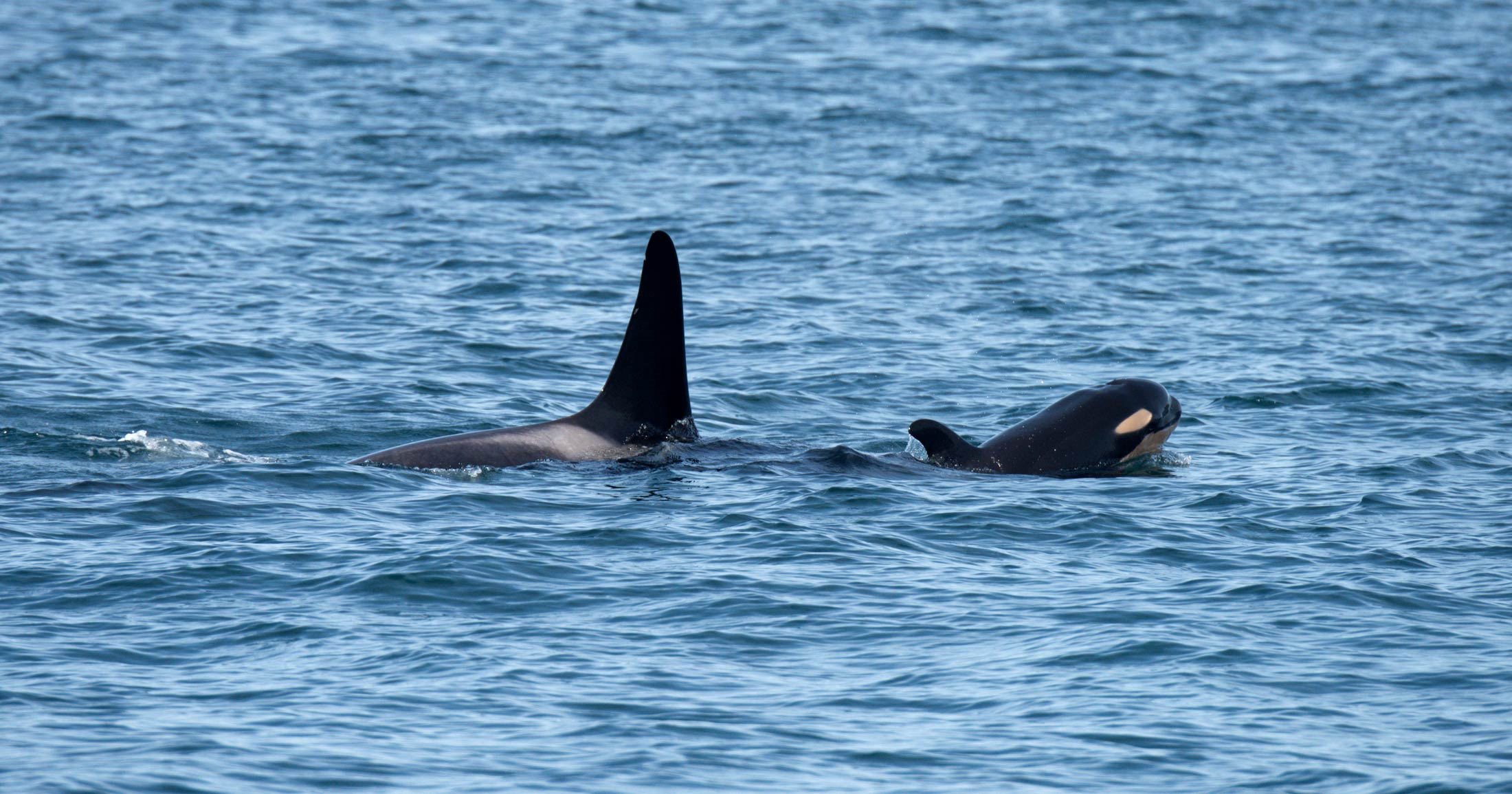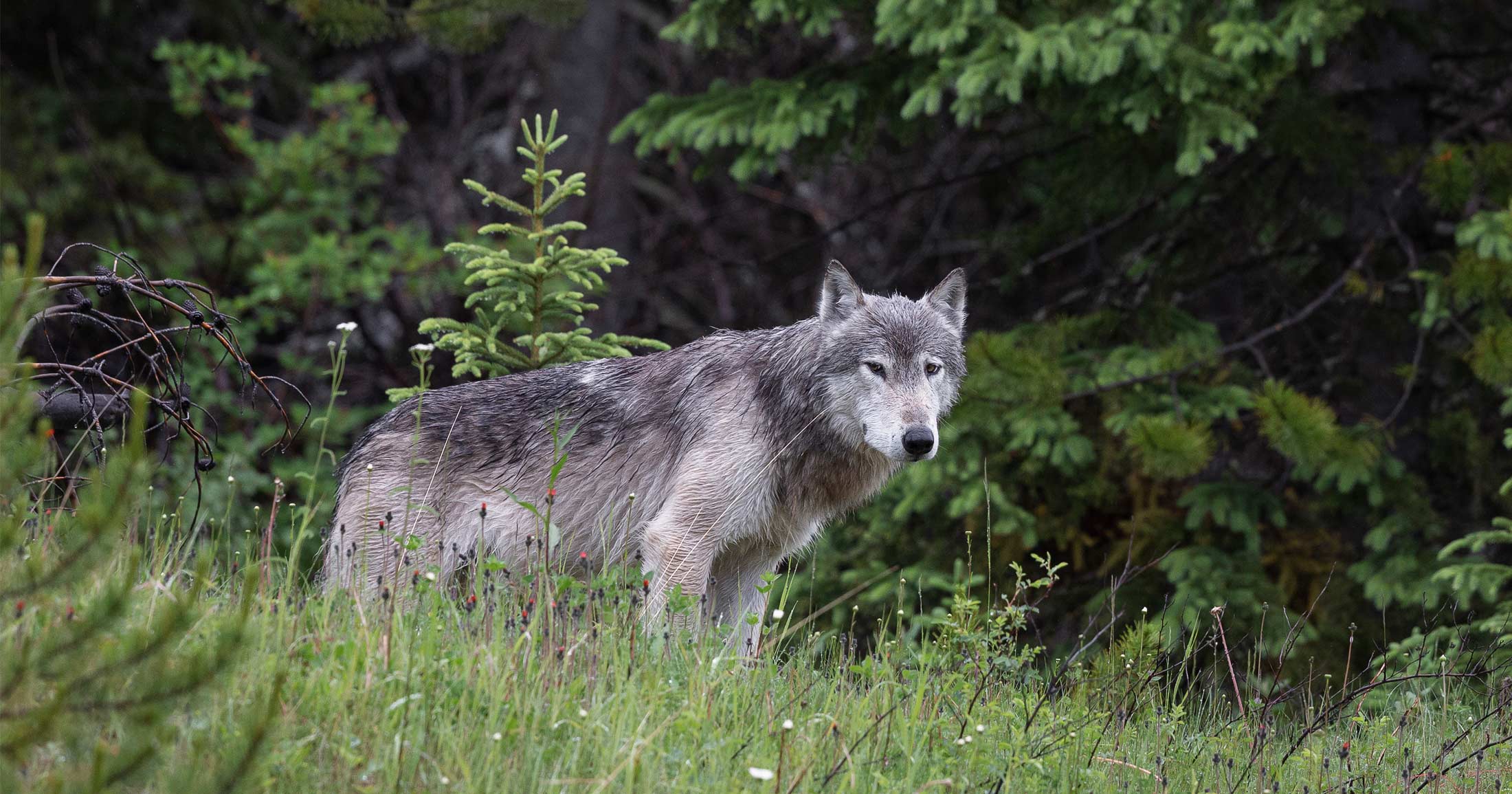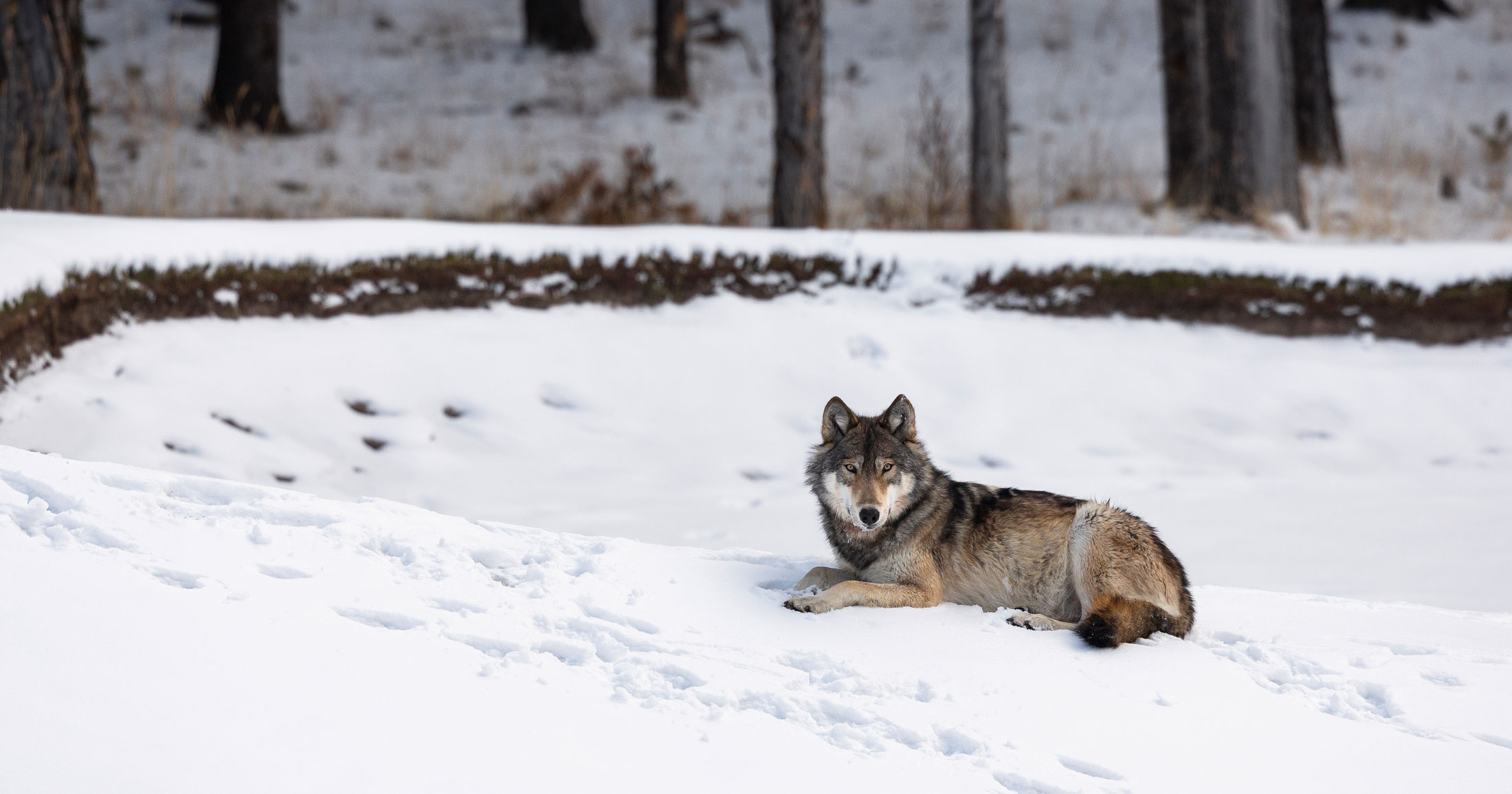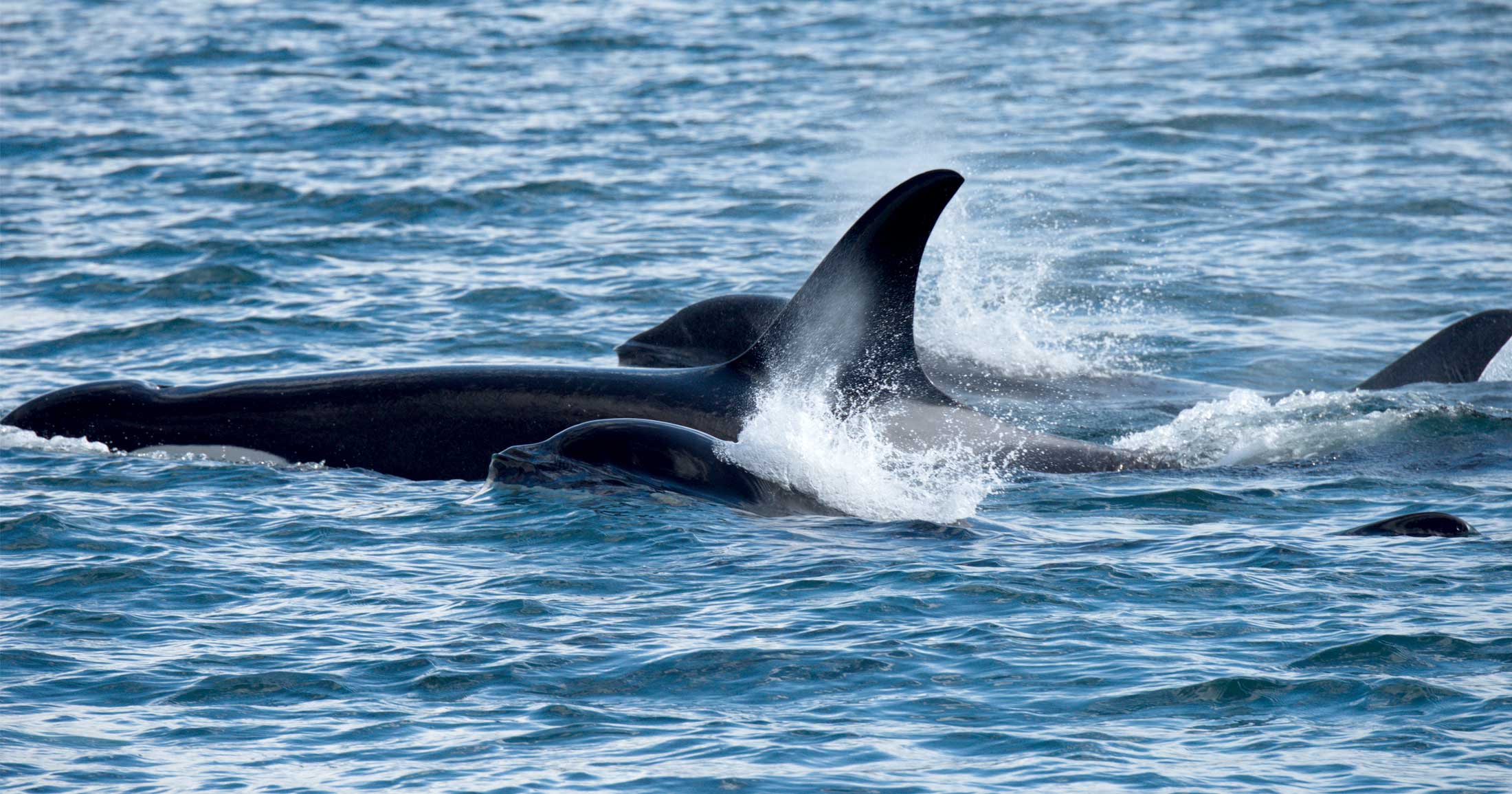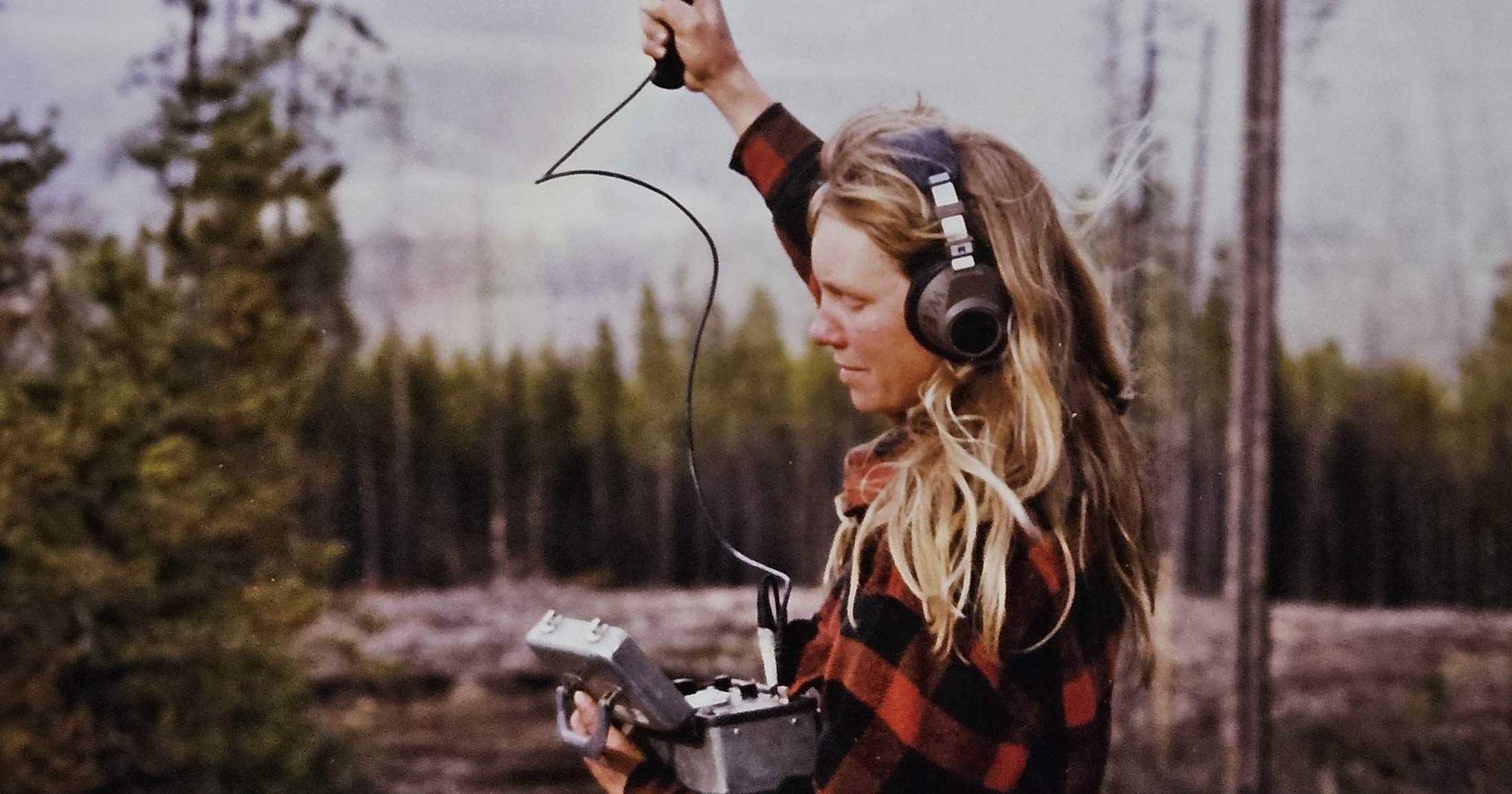A mother’s grief, a population on the brink
This population is on a trajectory to extinction. But trajectories can change. There is still time.

Tahlequah is grieving. Hour after hour, day after day, she clings to the lifeless body of her newborn. She carries her calf through the cold waters of the Salish Sea, lifting it to the surface again and again, as if willing it to breathe.
This is not the first time she has known this pain. In 2018, Tahlequah lost another daughter—she carried her tiny body for 17 days and over 1,000 miles, refusing to let go.
Tahlequah is a ~27-year-old Southern Resident killer whale. I am a whale research scientist twice her age, a woman in my mid-fifties, and a mother to an 18-year-old daughter. Like her, I have carried my child, lifted her up, kept her close — although never with the crushing grief of a mother refusing to say goodbye. So as I watch the photographs of Tahlequah and her little one, as I take in her unfathomable sorrow, I feel an overwhelming empathy — I cry for her, and I cry with her.
Some would argue that we can never truly know what another species feels. We cannot ask Tahlequah, “Are you grieving?” But we don’t need to. We recognize grief when we see it, just as we recognize play, fear, or joy. To be a social, intelligent species is to understand—at some level—the emotions of another. There was a time when science dismissed this as anthropomorphism, but we know better now. To deny what is so plainly visible is not objectivity; it is willful blindness.
I am grateful to be a scientist in a world that has begun to acknowledge that animals have a complex emotional life, that grief is not a human monopoly, and that recognizing this does not make us biased — it makes us better observers of the natural world. I am grateful to be a scientist in a world that has books like Barbara King’s How Animals Grieve, and Carl Safina’s Beyond Words: What Animals Think and Feel — books that have helped shift the conversation toward a deeper, more compassionate understanding of the lives of other species.
ACTION ALERT
1. Help us communicate the urgency of an emergency order to protect Southern Resident killer whales under section 80 of the Species at Risk Act (SARA). TAKE ACTION NOW
2. Give your input to DFO on vessel management to protect Southern Residents. GIVE YOUR INPUT NOW
So why does Tahlequah’s grief demand our attention now? Why am I spending this Saturday evening writing about a grieving whale?
Because she is not just mourning a lost calf — she is a member of a critically endangered population, one whose future depends entirely on the choices we make today.
Because Tahlequah is one of just 72 Southern Resident killer whales left in the world.
Together, J, K, and L pods form a tight-knit society of closely bonded matrilines that have lived in these waters for generations. But their entire culture, their way of being, is imperiled. They have been drowning in chemical pollution, often deprived of their primary prey, and forced to shout over the roar of boat engines to communicate. These whales depend on echolocation to hunt, yet only a fraction of the time are they able to hear their own echoes above the human-made noise that floods their world.
This population is on a trajectory to extinction. But trajectories can change. There is still time.
The measures required to save them — science-based, urgent, and uncompromising — may not always align with human convenience or economic interests. But extinction is forever. We have the knowledge, the tools, and the responsibility to act.
And think about this: every individual in this population is known. They are not nameless statistics; they are family members with identities, histories, and relationships. Tahlequah. Kiki. Rainshadow. Every death is not just a loss to the species — it is the loss of someone.
There is still time to give them a voice. Six conservation groups have petitioned the federal government for an Emergency Order under the Species at Risk Act to implement stronger protections for these whales. The science is clear, and the need for action is urgent.
It is a bitter irony that the last time the federal cabinet faced this decision was 2018 — the same year Tahlequah embarked on her first heartbreaking odyssey, refusing to let the sea claim her daughter. Back then, the government declined to issue an emergency order, opting instead for interim measures that have failed to reverse the whales’ decline. Now, six and a half years later, the cabinet faces the same choice while Tahlequah mourns another lost calf.
Will they listen to her this time? Will they make the right decision before it is too late?
What happens next will determine whether these whales have a future.
A version of this article was first published in the The Vancouver Sun.
You can help
Raincoast’s in-house scientists, collaborating graduate students, postdoctoral fellows, and professors make us unique among conservation groups. We work with First Nations, academic institutions, government, and other NGOs to build support and inform decisions that protect aquatic and terrestrial ecosystems, and the wildlife that depend on them. We conduct ethically applied, process-oriented, and hypothesis-driven research that has immediate and relevant utility for conservation deliberations and the collective body of scientific knowledge.
We investigate to understand coastal species and processes. We inform by bringing science to decision-makers and communities. We inspire action to protect wildlife and wildlife habitats.

